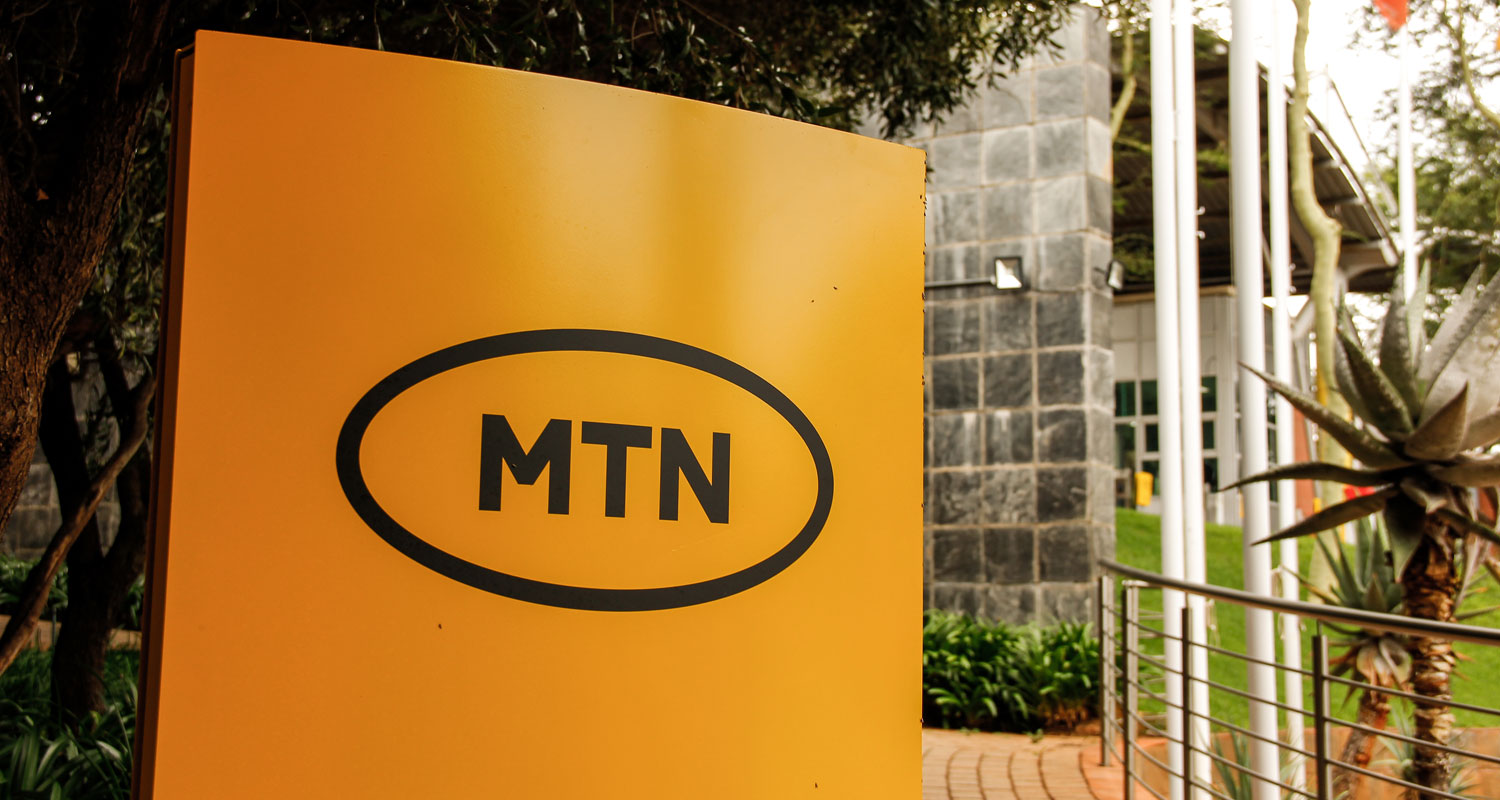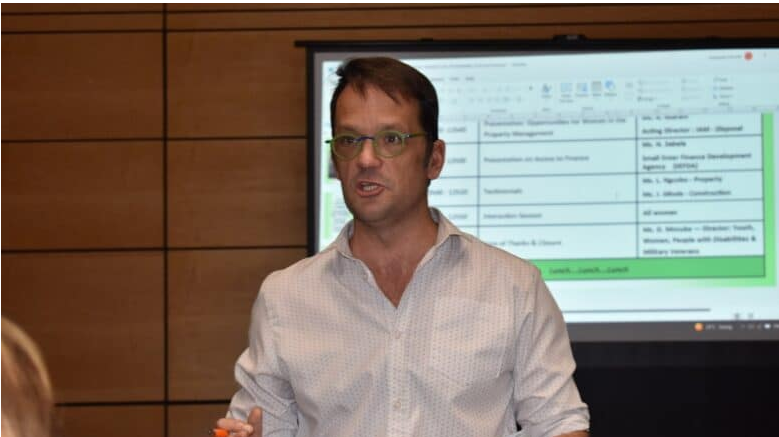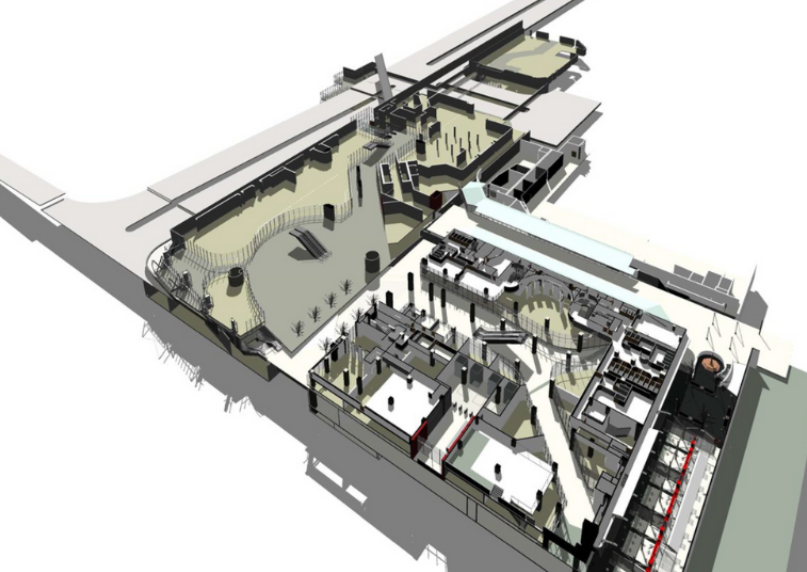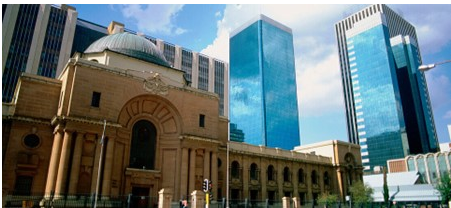MTN to build 4.5MW power plant at its head office

Advertising
28-06-2023
Read : 865 times
Tech Central
Source
Latitude: -26.1517018 Longitude: 27.9384006
MTN South Africa will deploy a 4.5MW multi-technology energy production facility at its head office in Johannesburg that will keep the facility running during load shedding.
The company said it is in the process of becoming a “standalone independent power producer” (IPP) by harnessing multiple generation technologies, including additional solar, gas and battery energy systems, in one plant at its head office in Fairland, in the west of Johannesburg.
It claimed the plant will be a first in South Africa in that it will utilise five different generation technologies. Its head office “hybrid facility” currently has a 2MW gas trigeneration system, a 330kW concentrating solar power plant and a fleet of backup diesel generators.
Everything is on track for us soon to become an IPP in our own right, allowing us to better manage our energy
The company now intends adding a 4MW grid-tied solar system (5MWp) and a 2MW/6MWh battery energy storage system to the existing plant. Phase 2 of the project will see a further increase in solar and battery energy with the potential opportunity to feed energy back to the grid.
The new project should drastically cut MTN’s carbon emissions. MTN didn’t say when it expects to complete the project, or which contractors have been appointed to supply the solution.
By embracing clean, embedded generation technology, MTN will be able to go off-grid. As an IPP, MTN will be able to assist the City of Johannesburg to generate power in peak periods and help, in some measure, to alleviate South Africa’s energy crunch, the company said.
“We are pioneering embedded generation technology and making swift progress. Everything is on track for us soon to become an IPP in our own right, allowing us to better manage our energy when load shedding strikes,” said CEO Charles Molapisi.
Reduced
“Once completed, our grid dependency will be significantly reduced. When load shedding starts, the facility will disconnect from the City Power grid and multiple non-interruptible power supplies will power essential services. This provides time for the diesel generators to start and power each building in the facility.
“When the system is stable, a controller will engage switch gear to energise a medium-voltage (11kV) distribution network. Following this, the 2MW gas engines in the trigeneration plant will be energised, allowing the diesel generation to be reduced, supported by the 2MW battery system. In the day, the solar plant will also assist, further reducing dependency on the diesel generators and batteries,” Molapisi said.
During normal daily operations, the solar and battery system will reduce the amount of energy required from City Power during daytime and peak demand periods.
Recent News
Here are recent news articles from the Building and Construction Industry.
Have you signed up for your free copy yet?









